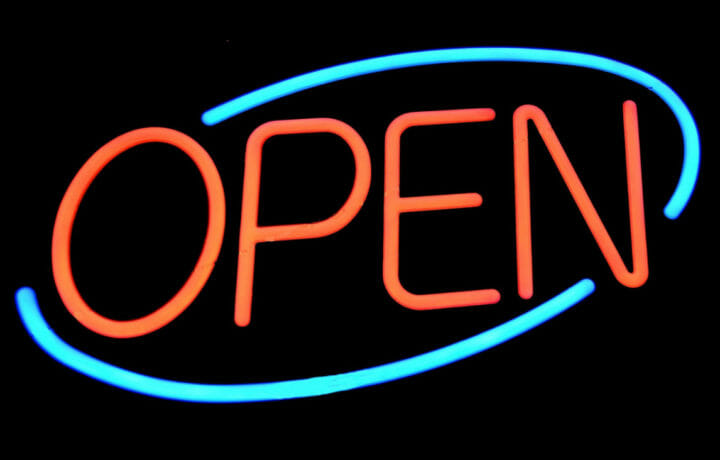The Economic Injury Disaster Loan(EIDL) program is a lending program under the CARES Act that offers up to $2 million of working capital loans to small businesses to help them meet financial obligations and operating expenses that they now cannot meet because of a disaster. In the past, it was usually used after the occurrence of a natural disaster such as a hurricane, but when the pandemic hit, the federal government expanded its availability to businesses nation-wide. In general, it applies to eligible small businesses, not related to agriculture, with fewer than 500 employees.
The 411 on the EIDL Program
The loan can be used to pay normal operating expenses like rent, utilities, debt payments or continuation of health-care benefits to their employees. The loans are made at a fixed rate of 3.75% for businesses and are payable back over the course of 30 years. Since the pandemic started, 3.6 million loans for a total of $194 billion had been approved up through November. EIDL loans are not forgivable and must be paid back; however, there are some exceptions with EIDL Advance and Targeted Advance loans, which are forgivable.
Targeted EIDL Advance
Signed into law on December 27, 2020 as part of the Economic Aid to Hard-Hit Small Businesses, Non-profits and Venues Act, this lending program provides up to $10,000 to small businesses in low-income communities. The Targeted EIDL Advance program is divided into two parts.
First, for businesses that have already received between $1,000 and $9,000 under the EIDL Advance program (different from this program), the Small Business Administration (SBA) will reach out to you (by email with an @sba.gov address ending) and offer funding the remaining portion of your $10,000 limit. Applicants must still meet the program qualifications of (1) being located in a low-income community and (2) can show they suffered more than a 30% drop in revenue during an 8-week period starting after March 1, 2020.
Next, the SBA will reach out (from the same email address as above) to those who had applied for the EIDL Advance Program on or before December 27,2020 but did not receive a loan due to an exhaustion of funding. In the email will be eligibility requirements so businesses can determine if they still qualify or not. Those meeting the above two qualifications and employ fewer than 300 employees may receive up to the full $10,000 loan. This loan program is only open to prior applicants as the SBA is not accepting new applications at this time.
EIDL Advance
Loans made under this program, were calculated at the rate of $1,000 per employee up to a maximum of $10,000. While this program is no longer available, it is important to note that loans made under this program:
- Do not have to be repaid
- Counts toward total $10,000 EIDL program limit
NOTE: As noted above, EIDL Advance loans may qualify to be fully forgiven, however, to clear up any confusion, businesses receiving funds under both the Paycheck Protection Program (PPP) and EIDL Advance will have the EIDL Advance portion removed from the forgiveness amount of their PPP Loan. In this case the EIDL Advance portion must be paid back. EIDL loans must also be paid back.
PPP loans may be forgiven if the funds were used for employee retention and eligible expenses; EIDL loans must be paid back starting one-year from the loan date.
| Type of COVID-19 Era Loan | Must be Paid Back/ May Qualify for Forgiveness |
| EIDL | Must be paid back |
| EIDL Advance* | May qualify for forgiveness |
| EIDL Targeted Advance | May qualify for forgiveness |
| PPP | May qualify for forgiveness |
* Note: In the case of businesses getting both PPP and EIDL Advance Loans, the EDIL Advance portion must be paid back.




